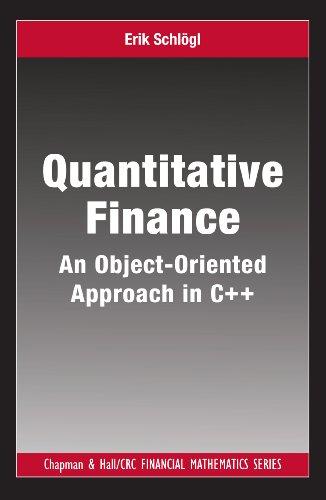Question
Consider the prices of bonds, as shown below. All bonds have a face value of $1000 (as is the norm). TTM = Time to Maturity.
Consider the prices of bonds, as shown below. All bonds have a face value of $1000 (as is the norm). TTM = Time to Maturity.
| TTM | Coupon | Price |
| (years) | Rate | |
| 0.5 | 0 | $991.12 |
| 1 | 0 | $978.47 |
| 1.5 | 0 | $963.64 |
| 2 | 0 | $942.60 |
| 2.5 | 0 | $906.60 |
| 3 | 0 | $871.28 |
| 3.5 | 0 | $831.87 |
| 4 | 0 | $786.14 |
Determine the YTM of each bond as an EAR and plot the yield curve. Then answer the questions below.
a. What is the YTM of the 6-month zero-coupon bond, as an EAR?
Report your answer as a percent, not a decimal, with at least 4 significant digits.
For example, if the answer is 0.024354, then enter an answer of 2.4354.
b. What is the YTM of the 2-year zero-coupon bond, as an EAR? Report your answer as a percent, not a decimal, with at least 4 significant digits.
c. What is the YTM of the 3.5-year bond, as an EAR? Report your answer as a percent, not a decimal, with at least 4 significant digits.
d. Determine the No-Arbitrage price of a 2 year, 2.5%, semi-annual coupon bond with a face value of $1000. Keep your precision high.
e. Determine the No-Arbitrage price of a 3 year, 8.0%, semi-annual coupon bond, with a face value of $1000. Keep the precision of your computations high.
f. What is the YTM when measured as an EAR? Report your answer as a percent, not a decimal, with at least 4 significant digits.
g. What is the YTM when measured as an APR? Report your answer as a percent, not a decimal, with at least 4 significant digits.
h. What is the YTM when measured as an Effective 6-month rate? Report your answer as a percent, not a decimal, with at least 4 significant digits.
i. What is the YTM when measured as an effective per-decade rate? Report your answer as a percent, not a decimal, with at least 4 significant digits.
j. Now assume that the 2-year, 2.5% coupon bond in Part D is not trading at the No Arbitrage Price computed earlier in Part D. Instead, in reality its currently trading at an actual price of $951.05.
Is there an arbitrage opportunity here? Yes or no?
If there is an opportunity to earn an arbitrage profit, then compute the available Arb. profit per bond.
If there is no Arb. profit available, then enter 0.0000
Step by Step Solution
There are 3 Steps involved in it
Step: 1

Get Instant Access to Expert-Tailored Solutions
See step-by-step solutions with expert insights and AI powered tools for academic success
Step: 2

Step: 3

Ace Your Homework with AI
Get the answers you need in no time with our AI-driven, step-by-step assistance
Get Started


